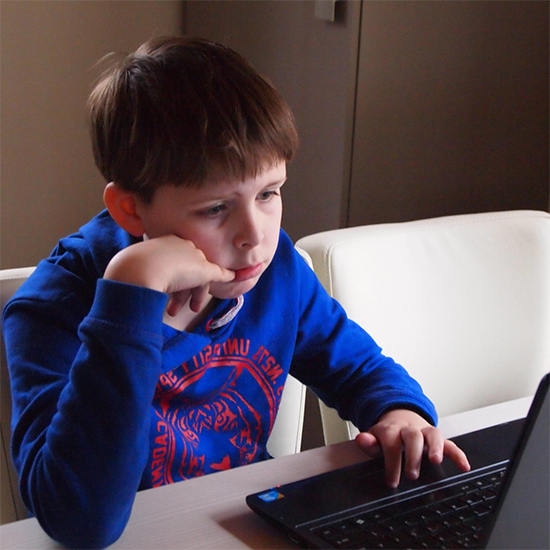 |
While the impact on children’s vision from blue light emitted from digital devices isn’t clear, there are other concerns. According to the NIH, “many observational studies find relationships between screen media exposure and increased risks of obesity.” Excess weight may indicate higher blood sugar levels, causing the crystalline lens to swell, and resulting in myopic focus. What’s more, increased screen time can lead to less time spent outdoors, and lack of exposure to natural light may also play a part in myopia development.
Long hours spent on digital devices can contribute to digital eye strain, symptoms of which are eyestrain, headaches, blurred vision, and eye irritation. Blink rate decreases by about 50% during digital device use, resulting in a dry, inflamed ocular surface. In addition to reducing screen time as much as possible, the “20-20-20 rule” can help mitigate digital eye strain. That is, after 20 minutes of screen time, view something 20 feet away for 20 seconds. This improves blink rate for that time and relaxes the visual system.
The World Health Organization has the following recommendations for children and screen time:
- No screen time for children 1 year and younger, and sedentary screen time is not recommended for children up to age 2.
- No more than one hour of sedentary screen time for ages 2 to 4.
- The American Academy of Pediatrics recommends that parents establish consistent limits on time spent and types of media for children ages 6 and up.
Learn more about visual and non-visual effects of blue light with our CE, Blue Light Lenses – 5 Reasons for Rising Demand, at 2020mag.com/ce. This course is free, supported by an educational grant from Signet Armorlite.













